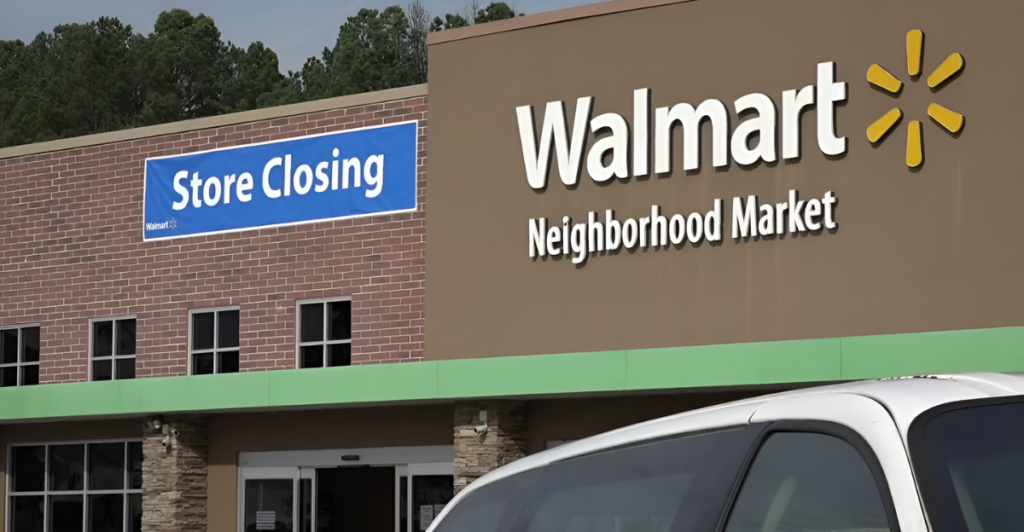
The American grocery landscape is rapidly evolving in 2025, with major supermarket chains reassessing their strategies as economic pressures mount and consumer habits shift.
Retail giants and regional favorites alike are closing underperforming locations while investing money into new stores and digital infrastructure. These closures and openings are not just a result of financial pressure but also a fundamental change in how Americans shop for groceries, with increased emphasis on convenience, technology, and online shopping.
The following article examines the major grocery retailers making big changes, why they made their decisions, and the wider impact on communities across the country.
Walmart

Walmart, the largest supermarket chain in the United States, will close multiple underperforming stores in 2025, including locations in California, Georgia, and Ohio.
It’s all part of a bigger strategy designed to push higher-performing stores and concentrate resources on better-performing markets.
Despite these shutdowns, Walmart is not retreating. Instead, it plans to open over 150 new stores in the next five years and remodel 650 existing locations. The dual approach seeks to modernize the customer experience and strengthen Walmart’s competitive edge in both physical and digital retail.
Albertsons
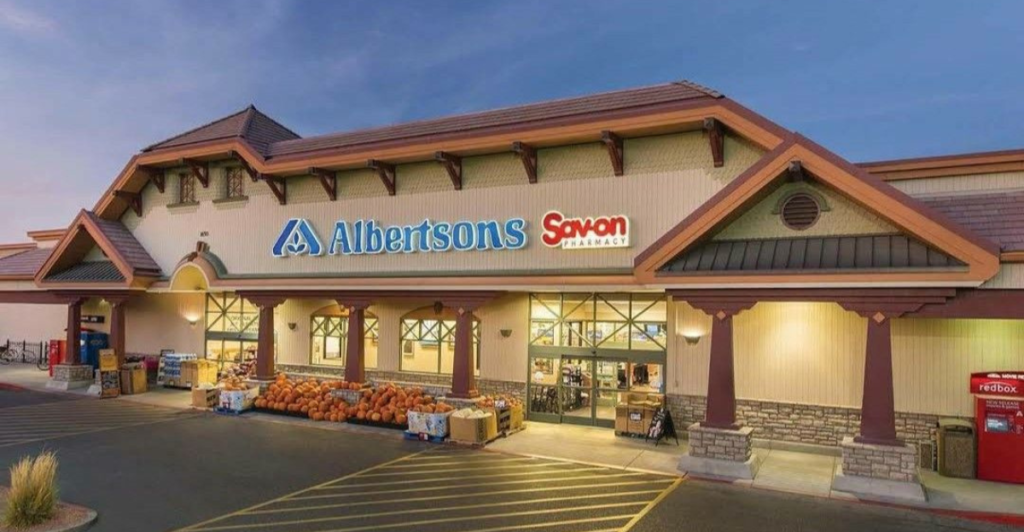
Albertsons is navigating a challenging time after the court blocked the merger with Kroger. In 2025, it announced plans to close multiple stores as part of a portfolio streamlining effort, saying it had an “outsized” presence in some markets.
For example, the Roseburg, Oregon, location permanently shut its doors in February, and it impacted 87 employees. Albertsons is trying to find employee placements at nearby stores where possible.
The company is also considering target expansion in new stores in competitive market opportunities, indicating a transition in its process toward simply shedding itself from its portfolio by forming a deliberate plan instead of widespread cuts.
Kroger
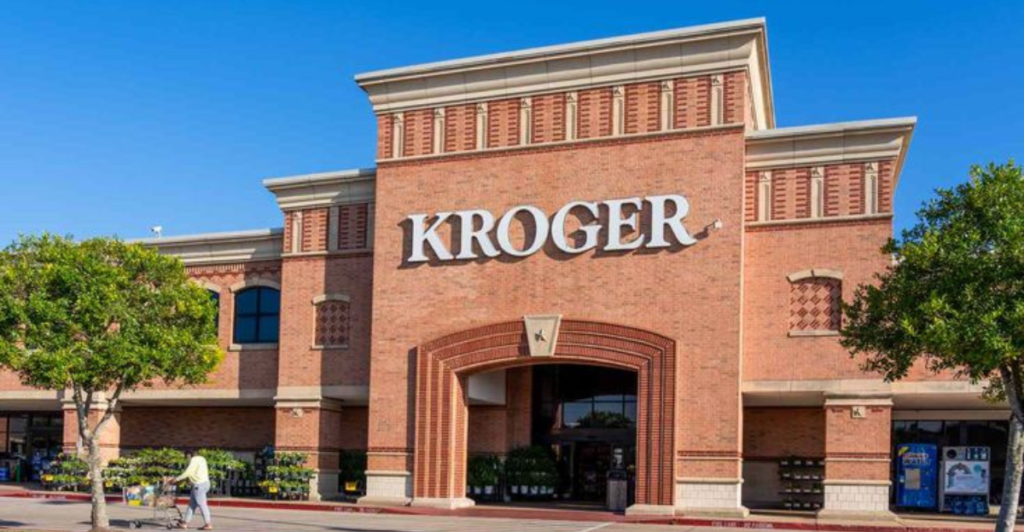
Kroger, which has nearly 2,800 stores nationwide, is also closing select locations in 2025 due to redevelopment and changing market dynamics.
Notably, the Belle Meade Plaza location in Nashville will close in January 2025 to make way for a significant redevelopment project.
Kroger is encouraging affected customers to shop at nearby locations or through its online services. The company emphasizes its commitment to investing in existing stores and reassigning staff, reflecting a broader strategy to adapt to evolving consumer preferences and competitive pressures.
Winn-Dixie
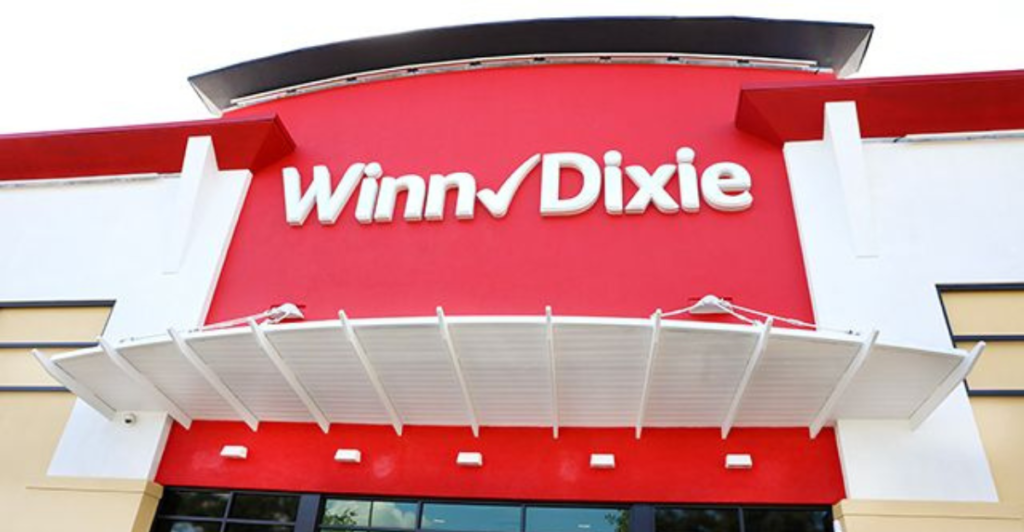
Winn-Dixie, a staple in the Southeast, has experienced significant changes since its acquisition by Aldi in 2024.
Aldi is also transforming about 220 other stores under the Winn-Dixie and Harveys Supermarket brands to its own brand — a process expected to be completed by 2027, resulting in store closures and rebranding across some locations.
However, in February 2025, a private investor group led by CEO Anthony Hucker acquired 170 stores to preserve the Winn-Dixie and Harveys brands in key states. This move aims to modernise and extend the remaining stores, ensuring their continued presence in the region.
Safeway
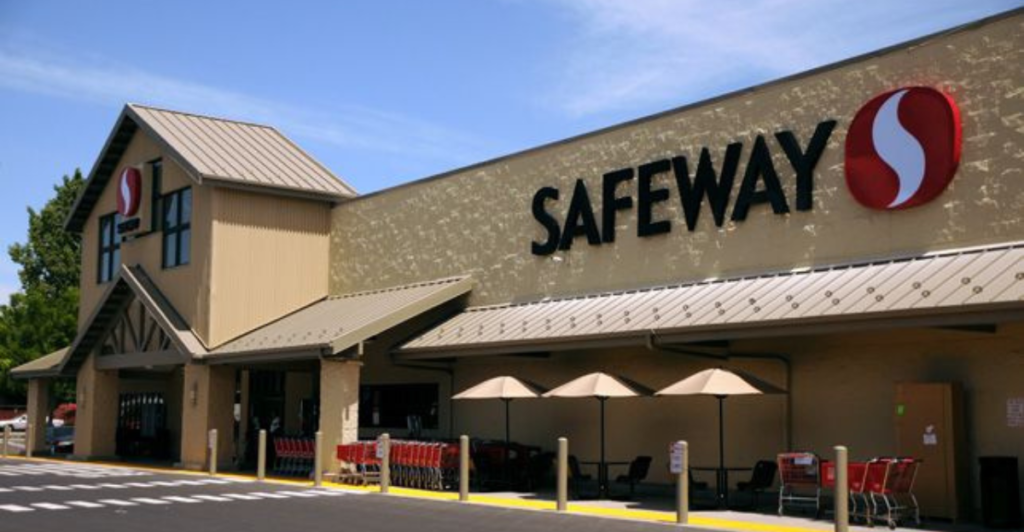
Safeway is facing a tough year in 2025 as store closures in both California and Maryland are being driven by safety concerns, theft, and financial pressures.
The closing of the Webster Street store in San Francisco’s Fillmore District, after 40 years in the neighborhood, underscores the struggles that urban grocers face.
Additional closures are planned in the Bay Area, including Vallejo and Pinole, which also experienced failed redevelopment efforts. Even as some quarters show strong sales, Safeway’s choices reflect the challenges of operating in high-cost and high-risk urban areas.
Shaw’s
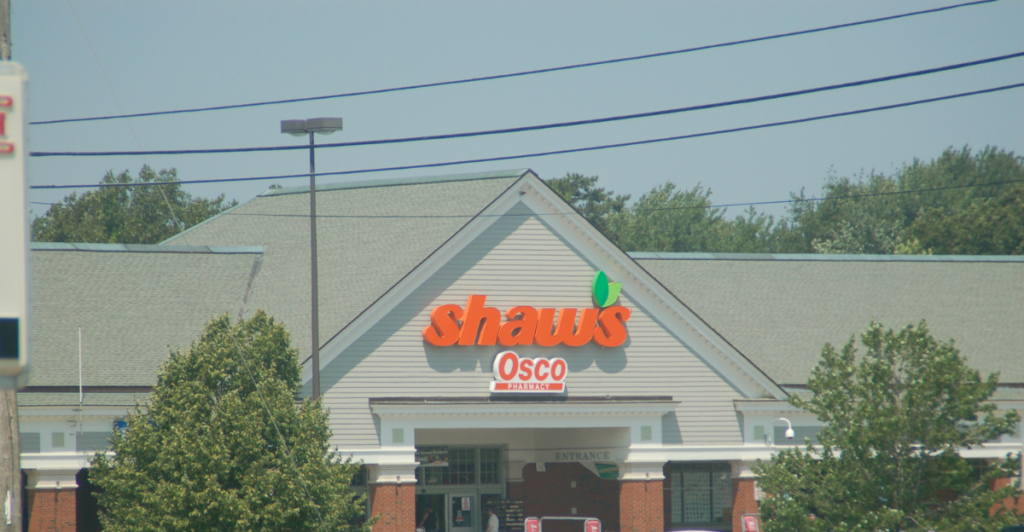
The Shaw’s chain, with 125 stores throughout New England, plans to close two stores in 2025, in Gloucester, Massachusetts, and Concord, New Hampshire.
While the exact dates are yet to be specified, the closures are part of a recent effort to streamline operations as consumer shopping patterns change and competition grows.
Shaw’s is likely focusing on strengthening its core markets and improving operational efficiency as competition intensifies and consumer habits shift toward convenience and online options.
Amazon Fresh

Amazon Fresh is closing two U.S. stores, in Thousand Oaks, California, and Manassas, Virginia, both of which operated for less than three years. These closures raise questions about the allure of Amazon’s “Just Walk Out” frictionless technology, which was phased out of all stores in 2024.
Despite that, Amazon Fresh also announced plans to open a new store in Silver Spring, Maryland, in March 2025.
Interestingly, as they scale back in the U.S., Amazon Fresh is aggressively expanding in India, now serving over 170 cities. Their growth is 50% year over year, suggesting greater success in their international businesses.
Piggly Wiggly

Piggly Wiggly, known for its charming name and Southern roots, will close a handful of its stores in 2025 as leases expire and businesses become less profitable.
Among the notable closures is the beloved “Social Pig” store in Columbia, South Carolina, after 50 years in business. The store’s lease expired, and attempts to continue as a Piggly Wiggly are said to have failed.
These closures reflect the difficulties that regional grocery chains face in maintaining profitability at a time when they often face high lease costs despite strong community support and local significance.
Dollar General

Dollar General has announced plans to close 96 stores and 45 pOpshelf locations by early 2026 after reviewing its portfolio optimization strategy.
These closures represent less than 1% of its total stores. The company also aims to open between 575 to 600 new stores by the end of 2025, which will result in a net gain of around 600 locations.
Dollar General is also rebranding six pOpshelf stores to Dollar General outlets and remodeling existing stores. The strategy aims to increase its presence and enhance store formats to better serve customers, with an emphasis on rural communities as well as underserved areas.
Discover more trending stories and Follow us to keep inspiration flowing to your feed!

Craving more home and lifestyle inspiration? Hit Follow to keep the creativity flowing, and let us know your thoughts in the comments below!
